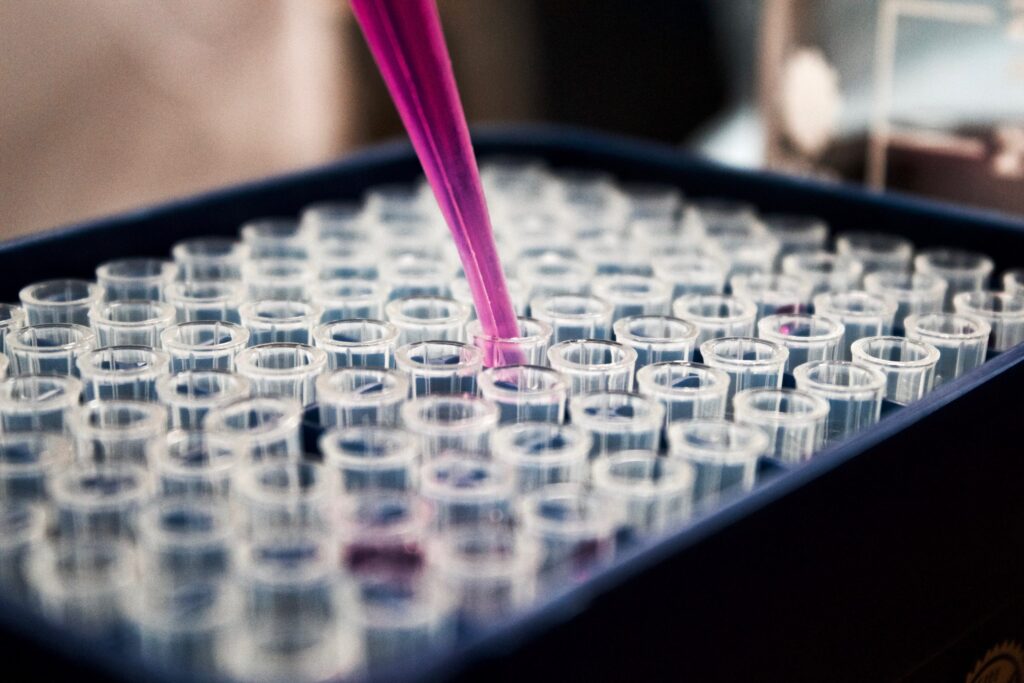Automation in Italy: according to the recent ANIE Automazione Observatory, the 2018 balance sheet overall is positive, but weighs a slowdown in the second half of the year due to uncertainty in the domestic and global spheres.
What is the health of the automation industry in Italy? What are the current trends to watch for in future developments?
Charting the situation of this strategic sector for Italy is ANIE Automazione, in its recently published Observatory that looked at data for 2018.
The federation is one of the Sector Associations of ANIE (National Federation of Electrotechnical and Electronic Enterprises) and includes companies of all sizes (about a hundred) doing business in various product sectors, including process automation, electric drives, mechatronics.
DATA 2018.
The Automation in Italy Report shows how 2018 ended with an average 8.4 percent increase in member companies’ turnover and how the positive influence of digitalization incentives, which began with the Industry 4.0 plan and later became Enterprise 4.0, continued. However, at the same time, there was evidence of a slowdown in the second half of the year due to the climate of uncertainty, domestic and global. Fueling it are risks related to neo-protectionism, tight monetary policies and tensions in financial markets.
Investment provided an important boost to growth, but was scaled back in the second half of 2018. Among the most dynamic sectors is the pharmaceutical industry, while the mechanical engineering industry has maintained a positive trend, albeit with signs of a slowdown.
Industrial manufacturing automation recorded a 7.3 percent growth in turnover, showing how automation technologies are confirmed as the protagonists of the path of renewal undertaken by Italian manufacturing with a 4.0 perspective.
Important support for demand came from the top three target sectors for automation technologies in the Italian market. These are mechanical engineering (20 percent of domestic sales), food (9 percent) and packaging (8 percent).
If we shift our focus to direct exports, again relative to Manufacturing Industrial Automation, between 2013 and 2018, they were affected by an average annual growth rate of 4%. The main target markets of Italian industrial automation technologies in Europe are no surprise: we refer to Germany, France, Spain with a share close to 30 percent of the total exported.
Finally, the main sales channel for industrial automation components and systems is OEM (63 percent), followed by system builders and executives (13 percent) and end users (10 percent).
THE FIRST EVALUATIONS OF 2019
Hard to make predictions for the future. Uncertainty is the word that best fits this first part of the year. Signs of a slowdown are evident in the European region, which is an important target market for Italian companies.
Business confidence in Italy is accompanied by pessimism and, as a result, the slowdown in investment, which could limit the industry’s growth potential. In fact, they are an engine of growth for the Italian economy even given the specialization of the manufacturing sector.
The Centro Studi Confindustria’s forecasts regarding automation in Italy show a weakening in this regard due, once again, to the more unstable macroeconomic environment but also to facilitating tools currently lacking.









